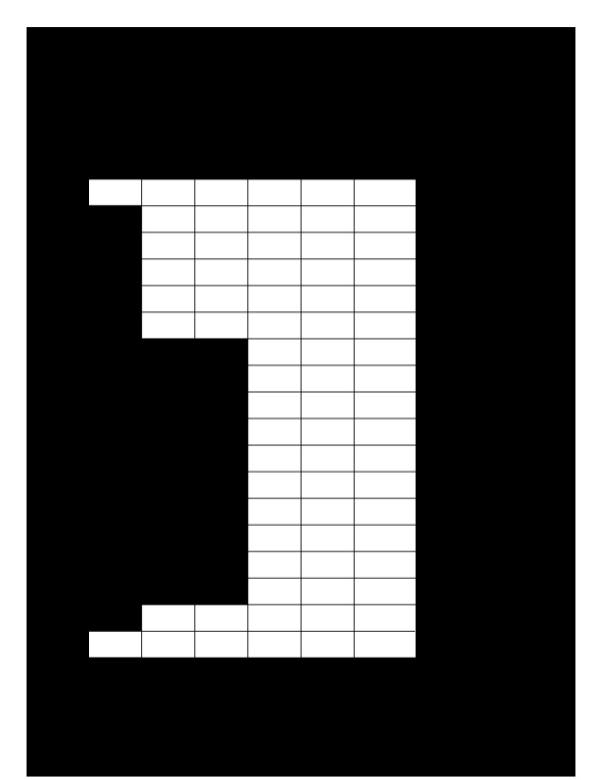City University of Science and Information Technology, Peshawar
•
IT
•
IT-4204
Question 11:
In data warehouse technology, a multiple dimensional view can be implemented by a relational database technique (ROLAP ), or by a multidimensional database technique (MOLAP ), or by a hybrid database technique (HOLAP).
(a)Briefly describe each implementation technique.
(b)F
...[Show More]
City University of Science and Information Technology, Peshawar
•
IT
•
IT-4204
Question 11:
In data warehouse technology, a multiple dimensional view can be implemented by a relational database technique (ROLAP ), or by a multidimensional database technique (MOLAP ), or by a hybrid database technique (HOLAP).
(a)Briefly describe each implementation technique.
(b)For each technique, explain how each of the following functions may be implemented:
i.The generation of a data warehouse (including aggregation)
ii.Roll-up
iii.Drill-down
iv.Incremental updating
c) Which implementation techniques do you prefer, and why?
Question 12:
Suppose that a data warehouse contains 20 dimensions, each with about five levels of granularity.
a)Users are mainly interested in four particular dimensions, each having three frequently accessed levels for rolling up and drilling down. How would you design a data cube structure to efficiently support this preference?
b)At times, a user may want to drill through the cube, down to the raw data for one or two particular dimensions. How would you support this feature?
Question 13:
What are the differences between the three main types of data warehouse usage: information processing, analytical processing, and data mining? Discuss the motivation behind OLAP mining (OLAM).
Question 14:
A data cube, C, has n dimensions, and each dimension has exactly p distinct values in the base cuboid. Assume that there are no concept hierarchies associated with the dimensions.
a)What is the maximum number of cells possible in the base cuboid?
b)What is the minimum number of cells possible in the base cuboid?
c)What is the maximum number of cells possible (including both base cells and aggregate cells) in the data cube, C?
Question 15:
Suppose that a base cuboid has three dimensions A, B, C, with the following number of cells:
|A| = 1, 000, 000,
|B| = 100,
|C| = 1000.
Suppose that each dimension is evenly partitioned into 10 portions for chunking.
(a) Assuming each dimension has only one level, draw the complete lattice of the cube.
(b) If each cube cell stores one measure with 4 bytes, what is the total size of the computed cube if the cube is dense?
Question 6:
A flight data warehouse for a travel agent consists of six dimensions: traveler, departure (city), departure time, arrival, arrival time, and flight; and two measures: count, and avg fare, where avg fare stores the concrete fare at the lowest level but average fare at other levels.
[Show Less]










